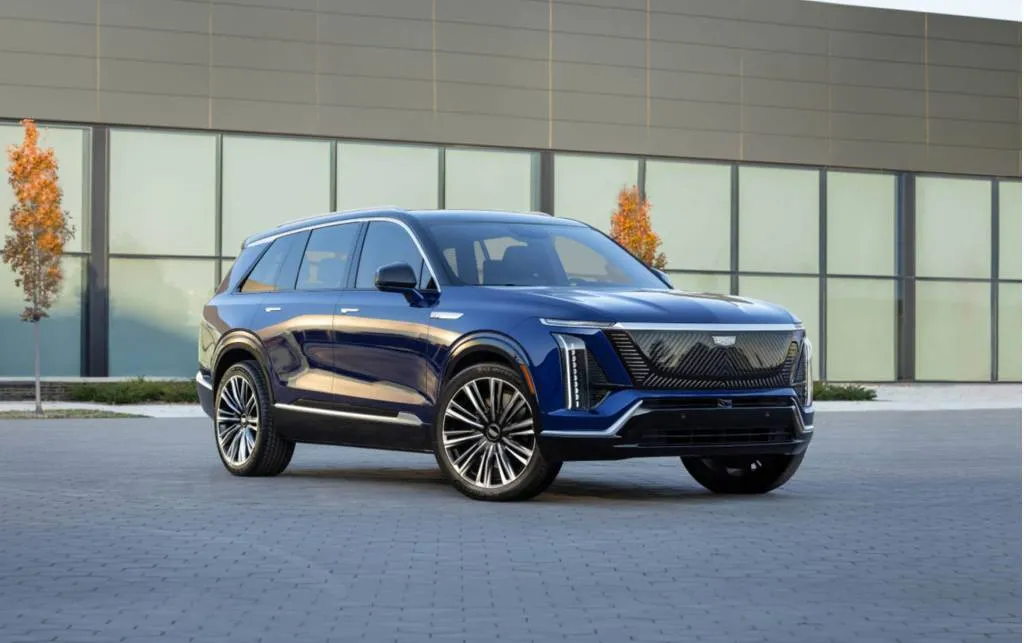General Motors is negotiating a U.S. battery-supply deal with China’s CATL, Car News China reports.
GM already works closely with CATL, but that relationship is limited to the China market. The deal reportedly being discussed would bring that partnership to North America in the form of a joint battery plant located in either the U.S. or Mexico, along with a GM license agreement for CATL’s LFP battery tech.
Car News China reasons that the deal would likely be similar to the one between Ford and CATL—a deal GM leadership has criticized. In September, GM CEO Mary Barra told The Wall Street Journal that Ford’s partnership with CATL “could be the harbinger of Chinese domination of U.S. car manufacturing.”

2024 GMC Sierra EV Denali Edition 1
Ford announced its joint-venture battery plant with CATL in February of last year, touting it a key to EV affordability. Located in Michigan, the plant will make LFP cells under license by CATL but will be be run by Ford. The automaker paused construction last fall, then resumed it in somewhat smaller form.
This project—and a potential GM one—could change the makeup of the North American battery market, Car News China notes. Japanese and Korean firms currently control 80% of the market.

2026 Cadillac Vistiq
However, the Department of Energy’s “foreign entity of concern” language introduced into the EV tax credit rules now applies to manufacturing and assembly, as well as much of the supply chain—and to companies incorporated in China or in which the Chinese government has a 25% or larger stake. So even if Ford or GM controls manufacturing, Chinese intellectual property could make these deals a legal gray area.
LFP battery tech originated in the U.S., but U.S. companies abandoned it for lack of a near-term payback, while it’s been refined over the past two decades by several Chinese companies. CATL’s next-generation LFP battery tech claims the potential to add 250 miles in 10 minutes, with better cold-weather charging and performance.

